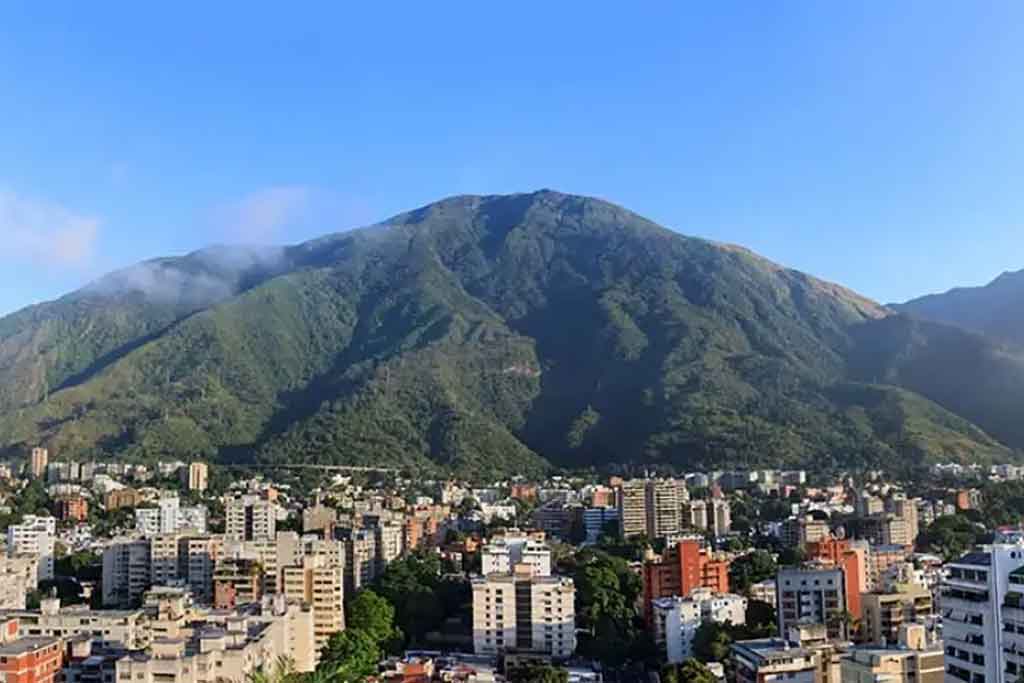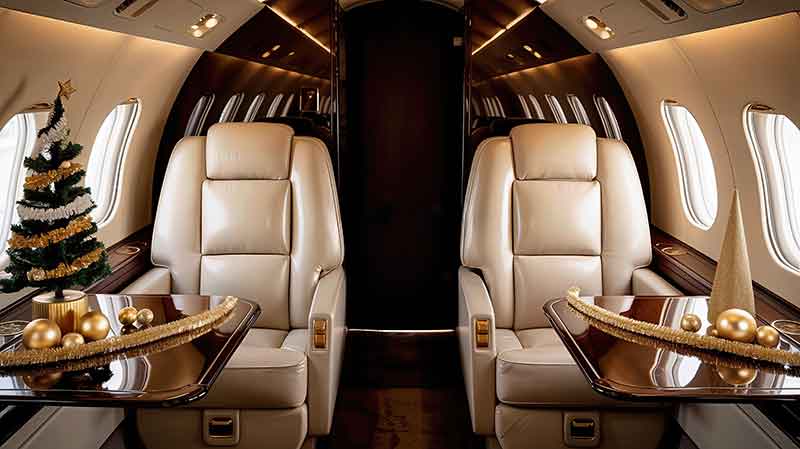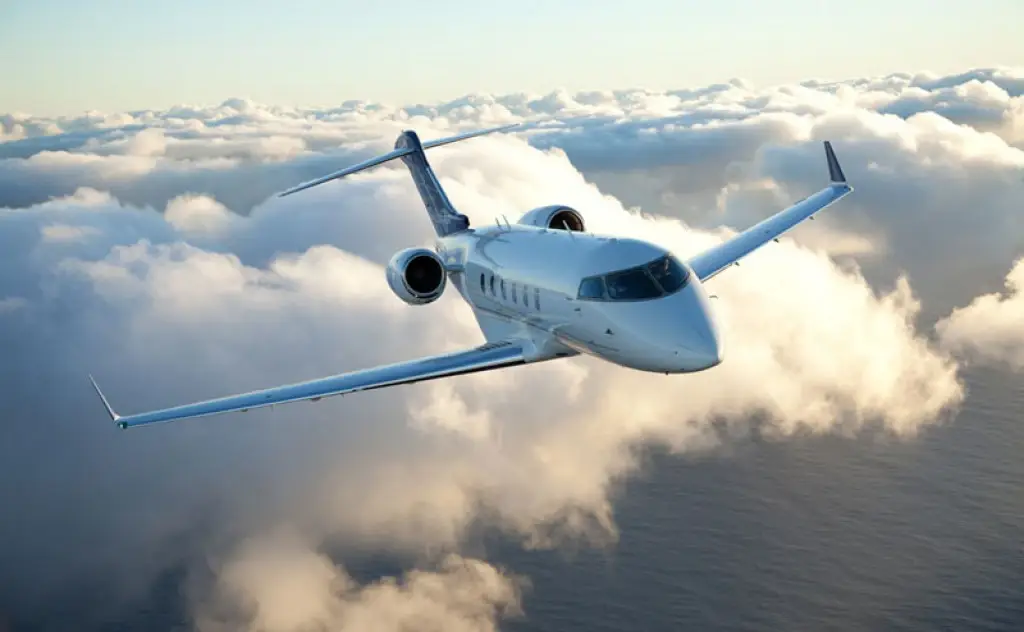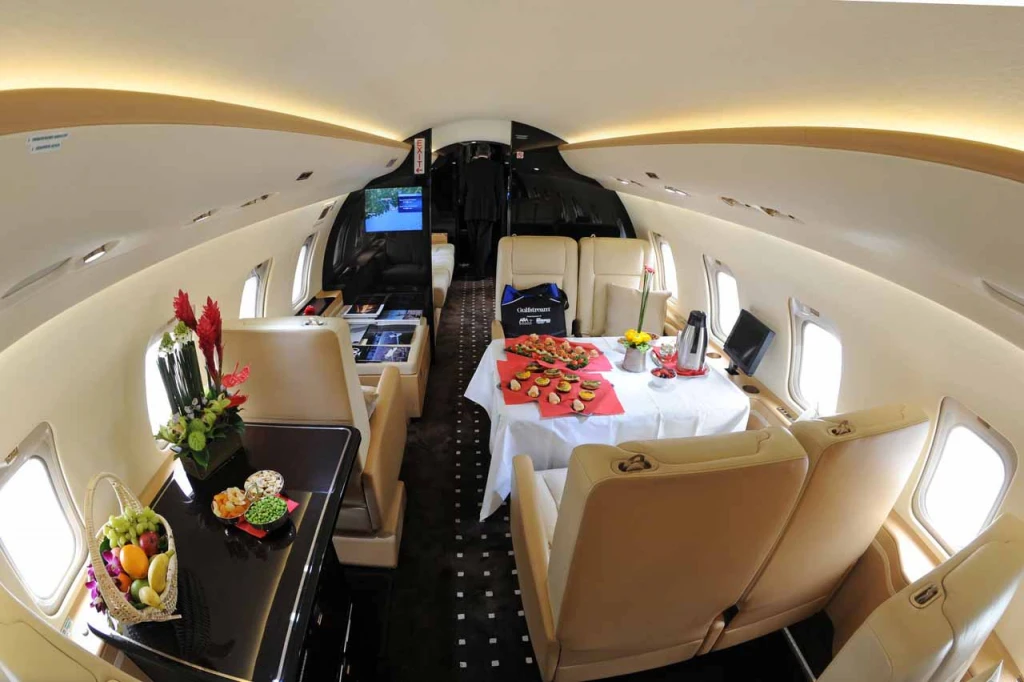Interested in private aviation but not sure of what the best option for you is? Read on and find out what private aviation services are the best for you.
Interested in private aviation but not sure of what the best option for you is? Are you a seasoned private jet flyer looking for a new business model to better suit your needs?
At a glance, the available options and business models on the market imply various levels of financial involvement and commitment. Let’s take a look at what they are and demystify some of the things you might have heard.
Different Types of Private Jet Charter Services
The simplest way to fly private would be to charter an aircraft, either one trip at a time (on-demand charter) or through a jet card.
On-Demand Charter
With on-demand private jet charter, you book and pay for flights as you need them, with no long-term commitments. This model offers you the flexibility of accessing different types of airplanes depending on the specificity of your needs in terms of distance, number of passengers, and requirements you may have with no long-term commitment or the need to pay a large deposit upfront. You just pay as you go.
Jet Card Membership
There are different models of jet cards out there. The most common is to buy a certain number of hours (25 hours is popular) on a certain aircraft type (light jet, for example) at a fixed price per hour. The fixed price per hour is determined by a series of factors that may include your location vs where the operator’s fleet is generally located, the type of travel you are doing (national vs international), and others.
This type of Jet Card comes with an upfront deposit and membership fees, some black-out dates (days when you won’t be able to use your Jet Card to fly). Your card might also only be valid for a certain category of airplanes and require you to pay a substantial premium to use another aircraft type more adequate for a specific mission or even charter on-demand for that flight. These Jet Cards usually comprise cancellation fees and/or expiration dates, meaning that you might lose unused hours or funds. However, it offers you a fixed price per hour and priority access to the selected aircraft category, giving you a certain peace of mind.
Paramount Business Jets has been the pioneer in offering a different type of Jet Card, not tied to a specific category of aircraft or a certain number of hours. With no acquisition cost, no international premiums, no membership fee, no annual flight hour commitment, no black-out dates, no expiration date of the card, and the possibility of canceling and getting the unused funds returned at any time, a Paramount Jet Card gives you access to over 4,000 aircraft worldwide with full transparency in terms of pricing and very low management fees.
If you’re wondering which card is the best for you, read our article, Choosing Your First Private Jet Card: Five Practical Tips Before You Buy. This advises you on what to think about when looking for a perfect card that meets your needs.
Should you be interested in knowing more about the difference between an on-demand charter and a Jet Card, we invite you to read more on the topic here: Private Jet Card or On-Demand Charter: Which is Best for You?
Leasing

Leasing a private jet (very popular within the airline industry) is similar to renting a house/apartment. It gives you exclusivity (or priority in some cases) on a specific aircraft with a guaranteed number of flying hours a month for a certain period. This type of solution usually requests a security deposit of one or two months in advance, a monthly fee corresponding to the minimum guaranteed hours you have contracted for, and variable expenses.
There are different popular types of leasing that we will cover below.
Dry Lease
A dry lease furnishes an aircraft to the lessee but the lessor doesn’t provide a crew, or maintenance, insurance, or operational support. As the lessee, you are then in charge of hiring the crew and paying for all the services related to the aircraft used for the duration of the lease but also assume full, independent operational control of every flight. It is important to know that in the case of a dry lease, the lessee is not subject to the federal excise tax on lease payments but generally still has to pay the sales tax.
A dry lease is as close as you can get to outright buying an aircraft, without assuming the high costs and other factors that ownership would entail.
Private Jet Wet Lease or ACMI
A wet lease, also known as an ACMI, is an agreement where the lessor provides you with the aircraft, crew (at least one), maintenance, and insurance. The lessee receives this bundle and pays the lessor by the number of hours or the number of flights that the aircraft is operated. The lessee is also responsible for paying for fuel and other expenses, including airport fees and taxes.
The length of a wet lease can last anywhere from a couple of months to over a year. The lessee obtains exclusive rights to use the aircraft during this period, and the aircraft uses the lessor’s flight number for legal purposes throughout the duration of the contract.
If the cost of a wet lease is higher than a dry lease, you’ll free yourself from many of the responsibilities pertaining to the aircraft and its operation, as it is the lessor’s responsibility to make sure the aircraft is ready to fly when you need it.
Private Jet Ownership

The ultimate private aviation business model is aircraft ownership but, again, there are several options and solutions available: fractional and full ownership.
Private Jet Fractional Ownership
Companies including NetJets or Flexjet are offering the possibility to be a fractional owner of one of their airplanes. As a fractional or shared owner, you invest in a share of a private jet rather than having to own the entire aircraft - whether this is a quarter, an eighth, or so on. Your share or fraction then gives you access to dedicated flying hours on that aircraft (or similar aircraft type or jet category). It essentially means you enjoy many of the benefits of owning your own private jet but without the very significant capital expenditure or ongoing costs of owning an aircraft outright.
With fractional ownership, there are minimum and maximum contract periods. Most costs are fixed, and owners may use depreciation deductions applicable to a capital asset. The majority of the cost of fractional ownership can be broken down into five parts:
- Capital Cost (Ownership) – An asset purchase that allows for a minimum of a certain number of flight hours per year priced at predictable rates over a specific term in the type of aircraft owned.
- Asset Purchase – This upfront cost covers your share of the aircraft.
- Monthly Management Fee – This covers the indirect expenses associated with operating your aircraft, including pilot training, insurance, cabin support, trip management, crew provisions, and other administrative costs.
- Hourly Rate – Charged for each hour an aircraft is in flight, plus some taxi time. This rate also includes direct expenses associated with maintenance, standard catering, and engine operation.
- Fuel Component Adjustment – Added to the base hourly rate to account for fluctuations in the cost of fuel, which varies monthly.
Private Jet Ownership
Whether you decide to purchase a new or pre-owned airplane, you will have to assume the entire cost of the airplane you have chosen for your operation. There are various cost categories that need to be taken into consideration:
Acquisition costs including the price of the airplane you are buying, sales tax, registration fees, pre-buy inspection, lawyer & escrow fees, etc. Whether you buy your aircraft in cash or if you finance it, the amount required upfront and on a monthly basis will vary.
Operating costs:
Fixed costs that will be charged whether the aircraft remains on the ground or flies include crew salaries, hangarage & parking at your home base, maintenance programs (if you decide on one), scheduled maintenance inspections, parts replacement charges, management fees (if your aircraft is operated by a third-party operator), insurance, crew training, maintenance, and other administrative costs.
Variable costs are directly related to the aircraft flying and include fuel, flight permits, take-off and landing fees, parking and hangarage fees “on the road”, de-icing (when required), unscheduled maintenance fees (parts breaks, leaks, etc.), crew per diems and expenses (such as hotel rooms, transportation, etc.), catering and onboard stock purchases, and any other cost associated to a specific trip.
Should you decide to operate your aircraft commercially under the Air Operator Certificate (AOC) of an operator, you will be able to charter your airplane and offset a portion of your operating costs.
What Private Aviation Services Are the Best Options for You?
We have presented you with the major business models available on the market for private aviation. Whether you charter a jet (on-demand or via a Jet Card), lease one (on a dry or wet lease), or decide to own an aircraft (either via a fractional or fully owned), each of these solutions presents pros and cons that you will need to take into consideration to determine the best solution to your specific needs.
You will need to consider the amount of flying you are planning to do, the duration and type of the missions expected, the average size of the group on board each flight, the amount of initial investment that will be required, etc.
Every customer’s needs are different. Do not hesitate to rely on an aviation expert such as our team at Paramount Business Jets to counsel and accompany you throughout this process.








